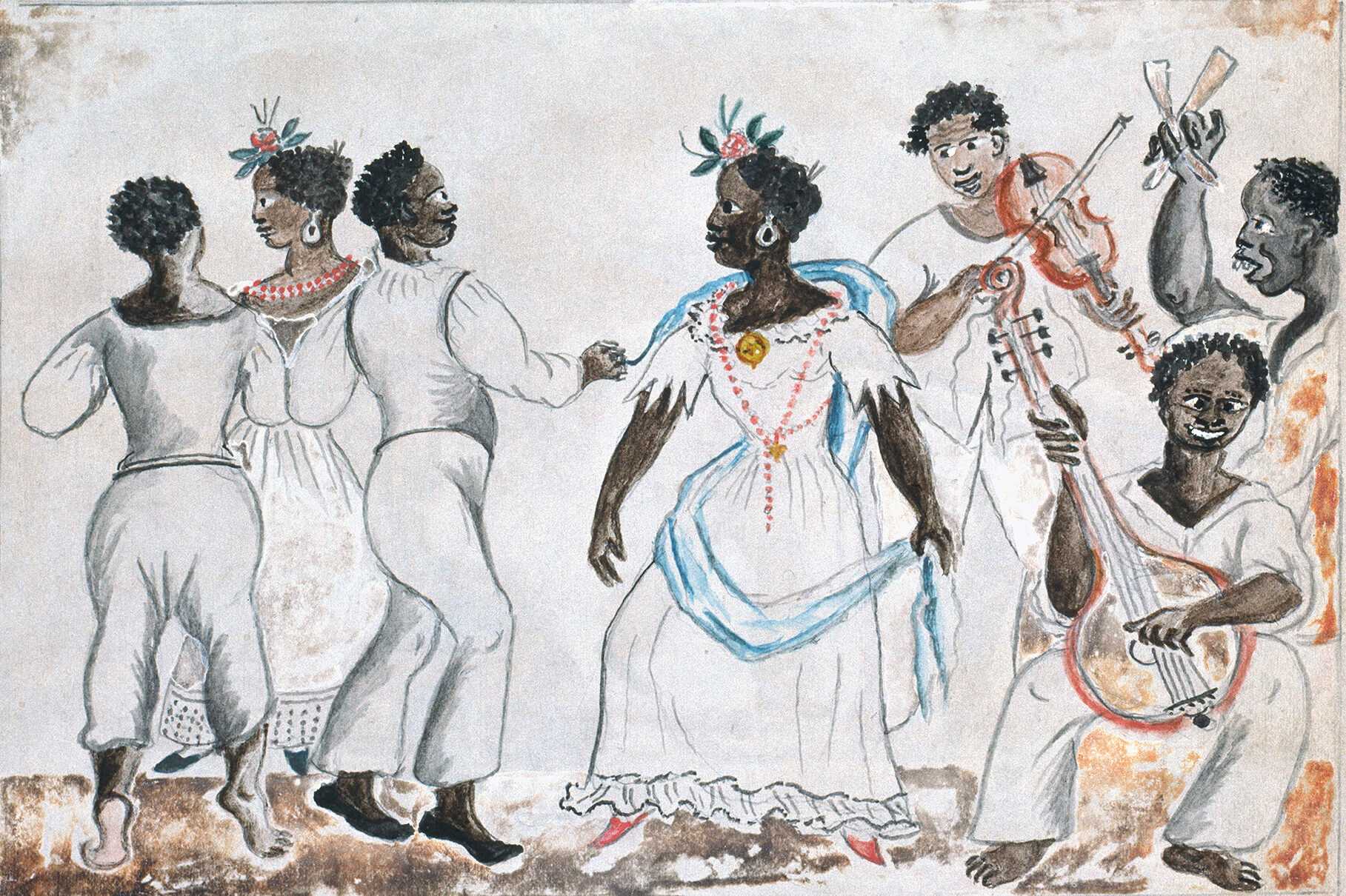Chapter 05Making a Way
African Americans fought slavery and inequality in ways large and small, from open rebellion to subtle acts of resistance. Using connections—family, neighbors, worship services, and formal political conventions—African Americans shared news, created networks, and developed strategies for “making a way out of no way.” State and local governments responded with “black codes” and “slave codes,” race-based laws that attempted to restrict Black lives. African American persistence and grassroots organizing still serve as a model for social activists today.

It shall not be lawful for more than five male slaves, either with or without passes, to assemble together at any place off the proper plantation to which they belong.
Alabama Slave Code, 1833
In many states, African Americans were not permitted to gather in groups of more than five. Yet people gathered all the time—in woods, in cabins, on the back ways—to dance, worship, celebrate, mourn, and lay claim to the areas outside white control. Many enslaved people privately buried their dead deep in the woods to avoid white interference. A secret network of footpaths and waterways crisscrossed the South and helped free and enslaved people build the large communities that enslavers feared.
Plantation Burial, by John Antrobus, 1860
We ain’t allowed to go nowhere at night. That is, if they knowed it.
Charlie Crump, 1930s
A Network of Freedom
Earthenware Transfer-Print Teapot
Successful free Black families, northern and southern, displayed refinement and respectability by hosting teas. They met to enjoy each other’s company, conduct business, or organize for social justice. In a society determined to demean them, these events provided an occasion to celebrate their inherent dignity.
Games of Chance
Cockfighting, 1857
Marbles, Louisiana, ca. 1830s
Laws made racial interaction illegal. Yet, regardless of race and class, men gathered together to play games of chance—horse racing, cards, marbles, dice, and cockfighting. According to foreign visitors, these events cast hope for an American democracy where men could gather as equals.
Despite restrictions, enslaved people gathered and found spaces of escape and expression in dance and music. Through movement, they expressed traditions from their homelands and claimed their bodies for themselves. Arranging secret dances, they put on their best clothes and displayed a spirit free from bondage.Solomon Northup, author of the narrative entitled “12 Years a Slave” remembered, “had it not been for my beloved violin, I scarcely can conceive how I could have endured the long years of bondage.” He and many other enslaved musicians were required to play for their enslavers, but they also used music for their own enjoyment and comfort.